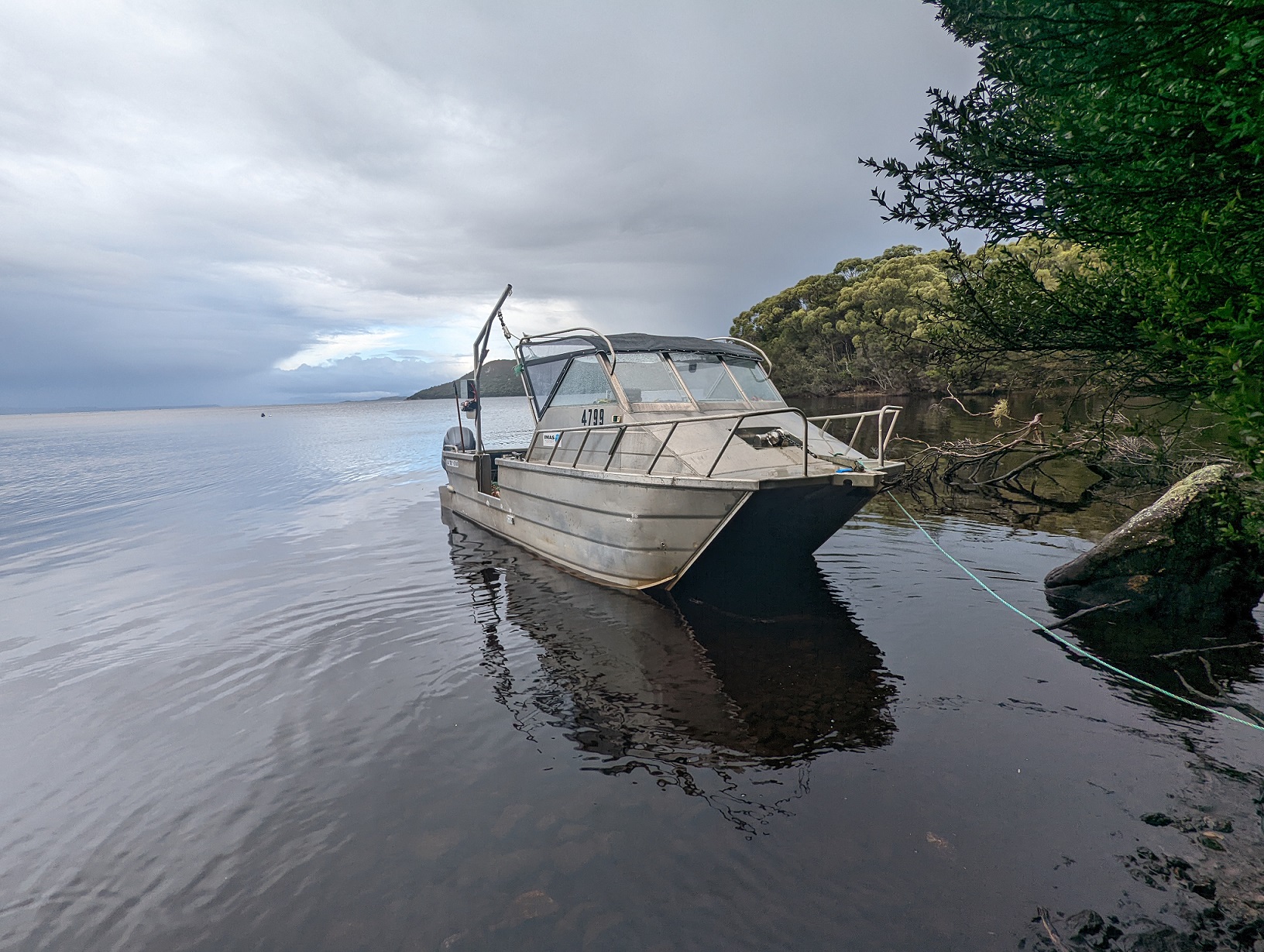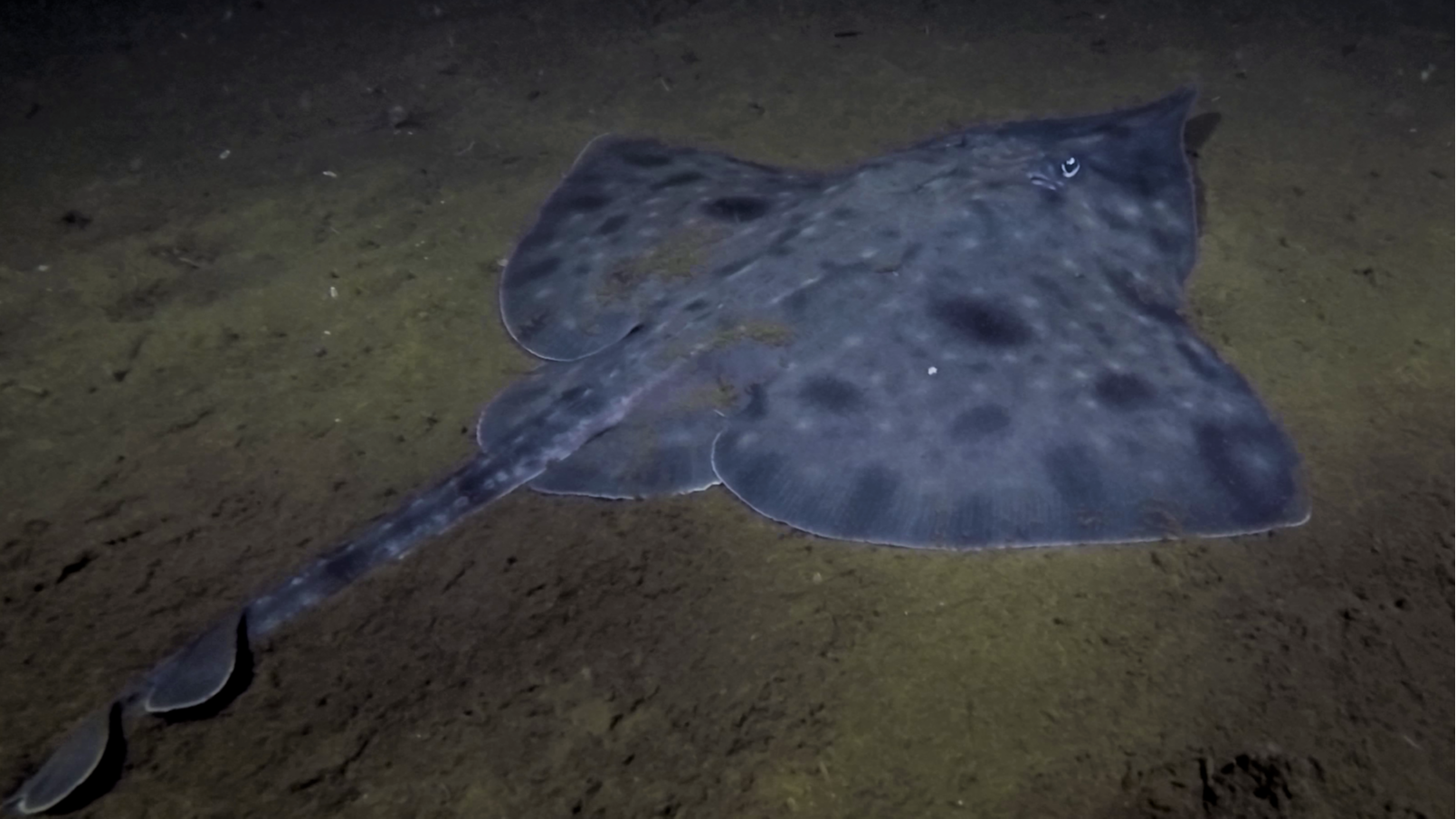The evidence is in and scientists are calling for urgent conservation action, after monitoring revealed that the Maugean skate population has rapidly declined by almost half in Macquarie Harbour, Tasmania – their last remaining habitat and one that is significantly impacted by human activity.
“We’ve monitored the skates since 2012 and found the population declined by almost 47% between 2014 and 2021. It is also concerning that very few juveniles are coming through to keep the population viable,” said researcher Dr David Moreno, who leads the Maugean skate monitoring project at the University of Tasmania’s Institute for Marine and Antarctic Studies (IMAS).
The monitoring project was established to track changes in Maugean skate numbers, when IMAS scientists became concerned that the population was under stress.

“We recently found that and, like other endemic species, this limited range means their conservation is inextricably linked with the health of the system they live in,” Dr Moreno said.
“The downward trend in relative abundance, together with this unique skate’s restricted range and extremely limited genetic diversity in the population, is clear evidence that the population is at risk.”
IMAS researcher Professor Jayson Semmens agreed. “The environmental changes in the harbour have increased the skate’s vulnerability to sudden high-impact events, such as water column turn-over driven by westerly winds, which can happen at any moment and potentially decimate the population,” he said.
“For example, when the stress from a degraded marine habitat was coupled with a storm event in 2019, we found widespread mortalities among the skate we were electronically tracking.
“We are fortunate that IMAS has been collecting data on Maugean skate in Macquarie Harbour since 2012, as the decline in abundance could easily have gone undetected. We don’t know whether, or how significantly, the population had already declined before monitoring began, but what we do know is how quickly this most recent decline has happened.”

Dr Moreno said the highlights that this program would ideally be continued beyond 2023.
“The reality is that we risk losing an important species which only exists in this harbour. So human activities related to the skate need to be managed, such as recreational fishing, and those that affect the marine environment such as salmonid aquaculture and river flow management for hydro production,” Dr Moreno said.
“While funding for the monitoring project does not currently extend beyond 2023, this study shows the value in being able to track the Maugean skate’s population changes through time and in response to management action. Captive breeding to develop an ‘insurance’ population should also be considered.”
This project was supported with funding from the Tasmanian Government through the IMAS Sustainable Marine Research Collaboration Agreement (SMRCA).
Cover image by Jane Ruckert IMAS





